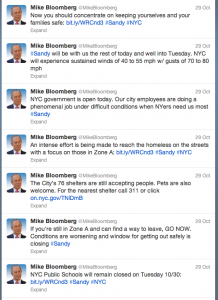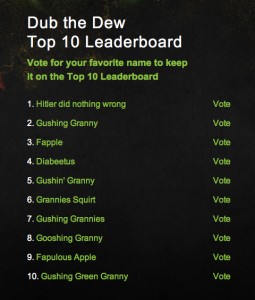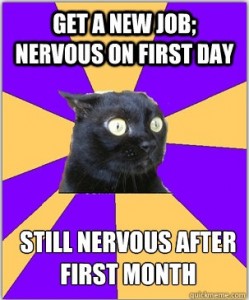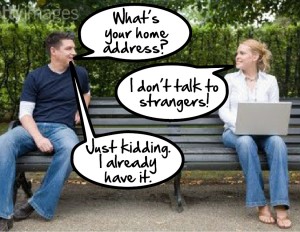One of the greatest lessons I have learned in college is time management . More importantly, I learned how to manage time well enough to get a good night’s sleep.
I have woken up countless times and thought to myself “This is so awful; as soon as I get home, I’m going to sleep.” However, the next evening, I wouldn’t hop into bed until after midnight. This cycle of restless nights and miserable mornings continued for quite some time.
Eventually, I started working out and making sure I was absolutely exhausted before hitting the hay. I would work out for more than an hour and burn off all my energy. I would also make sure I wouldn’t eat two hours before bed, thus feeding less into my metabolism as I was trying to fall asleep.
After a while, this stopped being so effective. I needed something else. I then remembered certain experiences from my childhood that resulted in absolute relaxation. Two instances stood out most: watching Bob Ross’ painting demonstrations and when other kids would “check my blood pressure” while playing doctor.
The soft speaking, almost whispering voice and the light touching of the childhood game were Autonomous Sensory Meridian Response triggers, also known as ASMR triggers.
These triggers result in a tingling sensation in the head, almost under the scalp. But most importantly, they result in extreme relaxation.
Over time, countless Youtubers took to the Internet to perfect the craft of giving me this relaxing tingle before bed (SilentCitadel, WhisperSweetie and EmoGirlLettersare among my favorites.) These videos are 10 minutes or longer and consist of a lot of whispering, tapping and scratching.

Often times ASMR Youtubers will avoid showing their faces on camera. They say mystery adds to the ASMR effect.
One drawback from this method of winding down is that the mind can get used to the video, resulting in no ASMR trigger, thus these Youtube producers create many of this videos, sometimes even hundreds.
ASMR videos are a good way of relaxing before bed and knocking you out cold without the use of cold medicine, but I found myself still groggy and miserably tired in the morning. After some Internet soul-searching, I found out that many of us wake up in the middle of our Rapid Eye Movement cycles (REM). The contrast of being so relaxed to being so panicked yields an awful exhausted feeling.
Have you ever woke up 40 minutes before your alarm and thought “Wow, I’m well-rested and I still have 40 minutes to sleep.” Only to wake up 40 minutes later in a groggy state? That’s because you started a new sleep cycle.
A website called www.sleepyti.mehas been created to help people solve this problem. The site is very bare-boned and simple. All you have to do is type in when you have to be awake (or when you are falling asleep) and it will tell you the exact time to fall asleep (or wake up) to wake up in between cycles instead of in the middle of a single one. Sometimes it’s better to get less sleep to make ensure you get the right amount of sleep and don’t wake up mid-cycle.

Sleepyti.me is a very simple website designed to help people get the most out of their sleep cycles.
It is important to note that the average human takes 14 minutes to fall asleep and to feel fully rested, it is recommend that you go through six to eight of these 90-minute cycles.
I have found myself waking up a few minutes before my alarm clock and just using the excess time to roll around in bed until the alarm sounded. Waking up slowly is much more comfortable than jumping out of bed and taking on the day.
These solutions have done the trick for me and I can honestly say I wake up everyday without wanting to keel over in exhaustion.
So, if you’re ever having trouble falling asleep at night or you’re just feeling groggy and tired even after sleeping 8 hours, use these tips to help you wake up on the right side of the bed.











